Interactions in Ecosystems chapter 5
1/26
There's no tags or description
Looks like no tags are added yet.
Name | Mastery | Learn | Test | Matching | Spaced |
|---|
No study sessions yet.
27 Terms
population
all the members of one species in a particular area
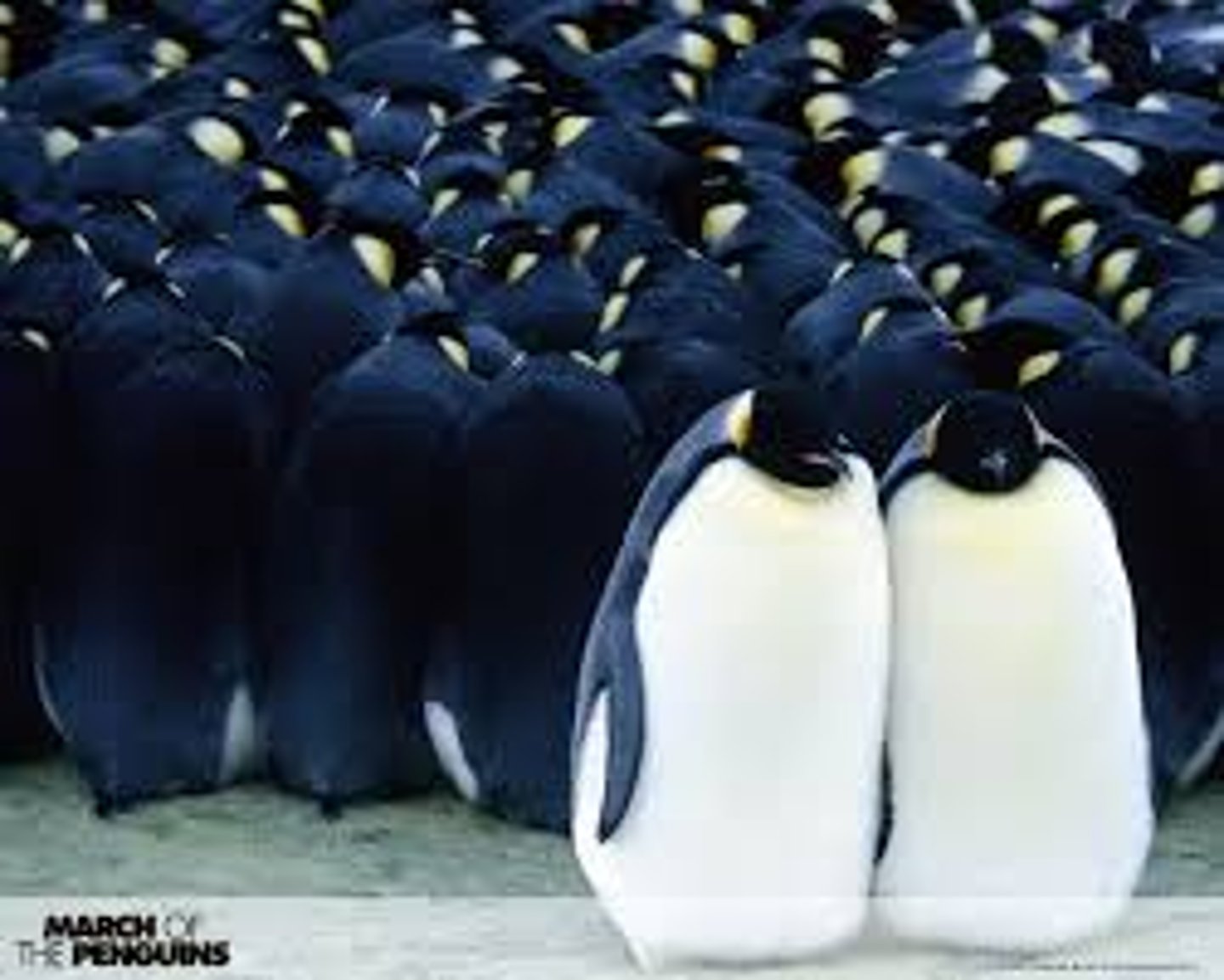
community
all of the populations of different species that live in the same place and interact with each other
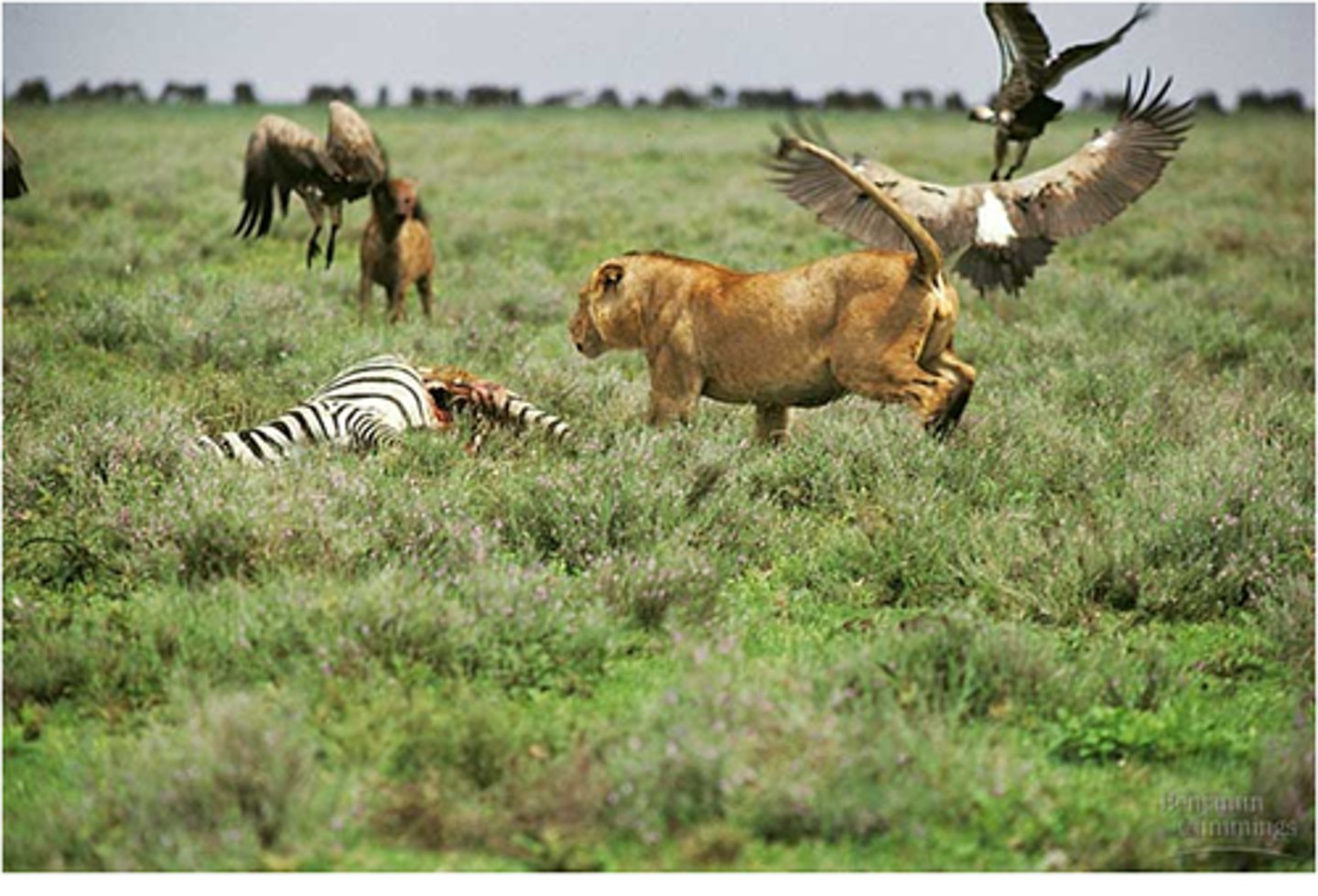
ecosystem
populations interacting with the living and nonliving parts of the environment
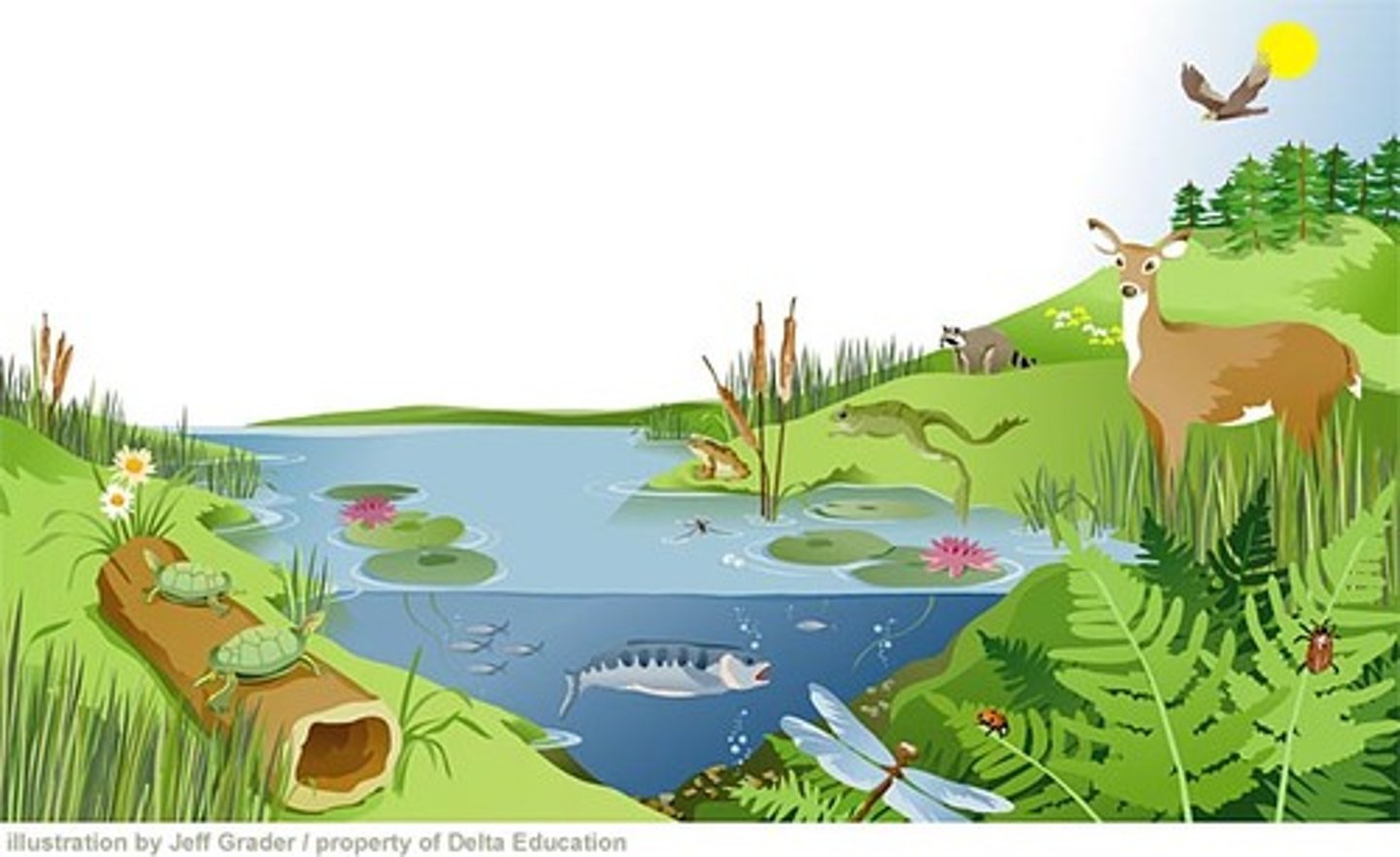
niche
The job that an organism has in an ecosystem.
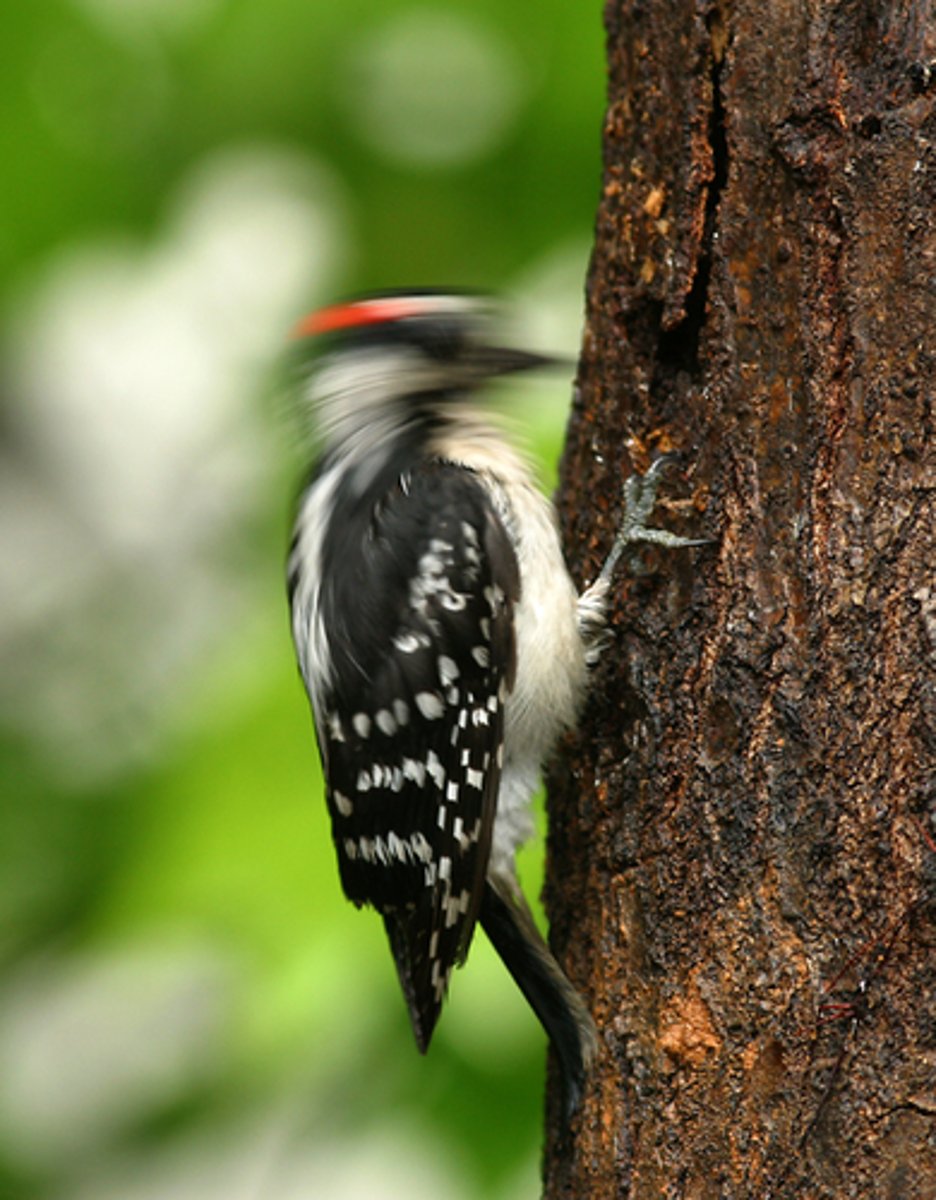
energy pyramid
diagram that shows the amounts of energy that flows through each level of a food chain
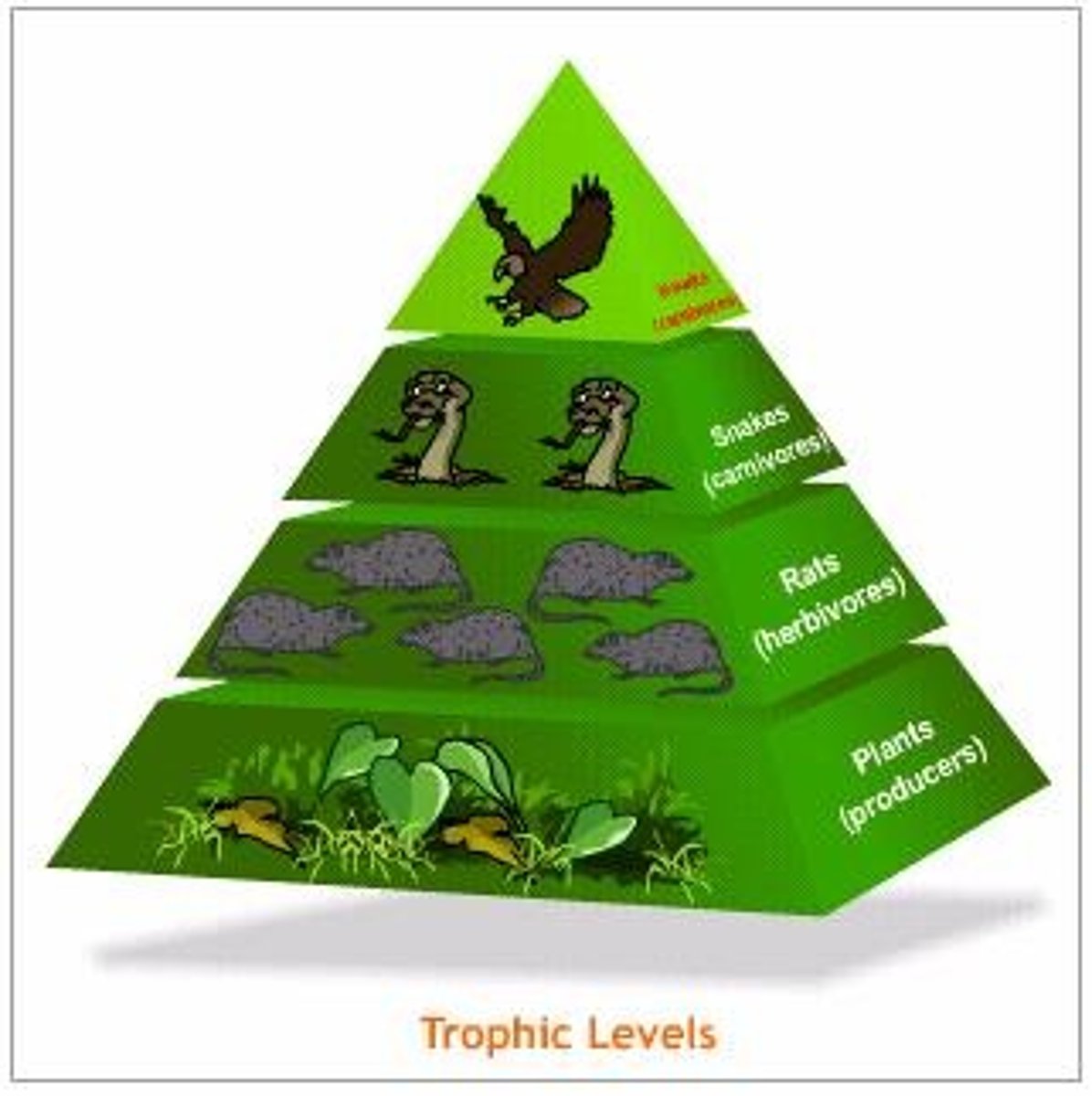
food web
all the food chains in a particular place
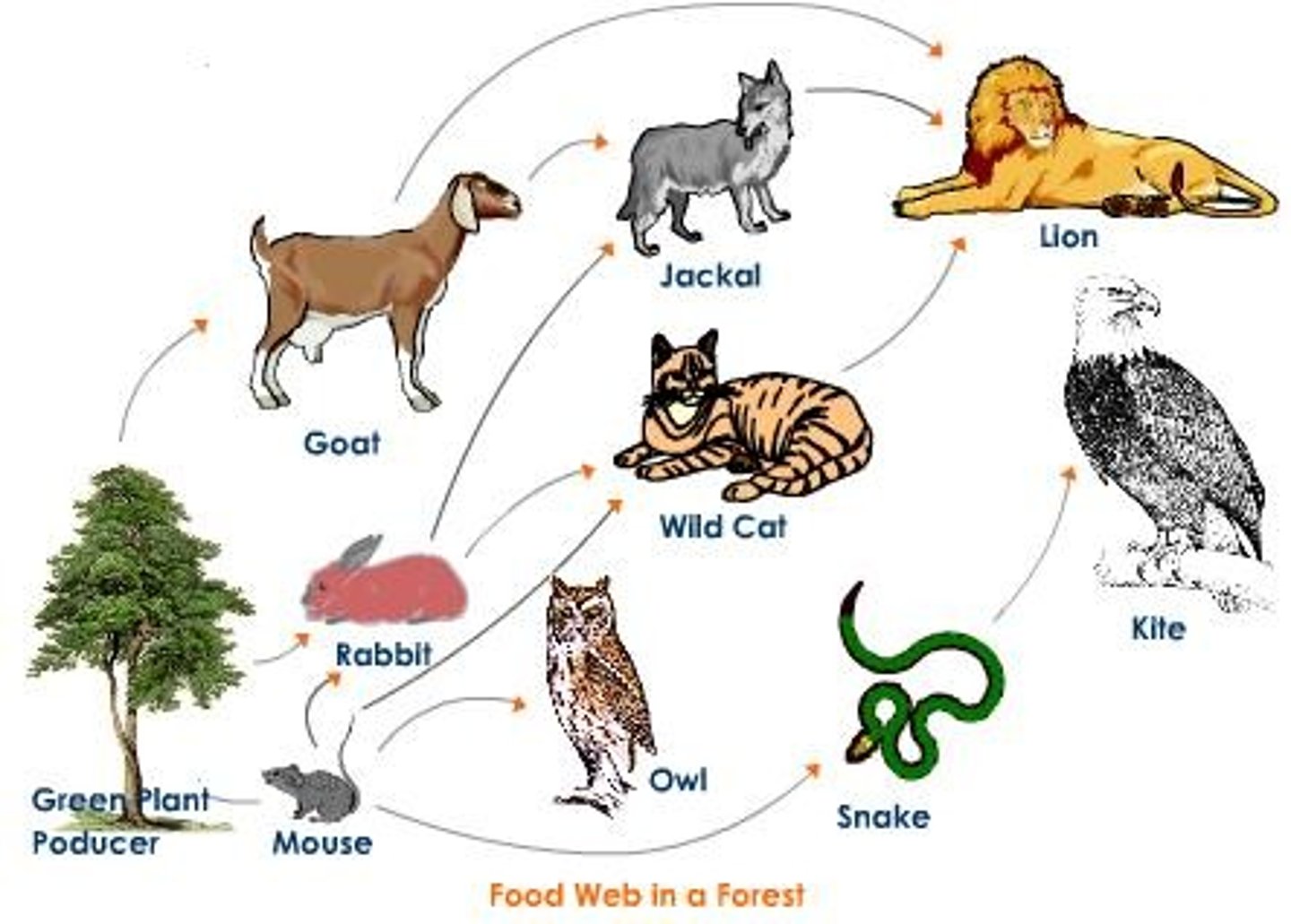
symbiosis
relationship in which one organism depends on another for is survival in some way
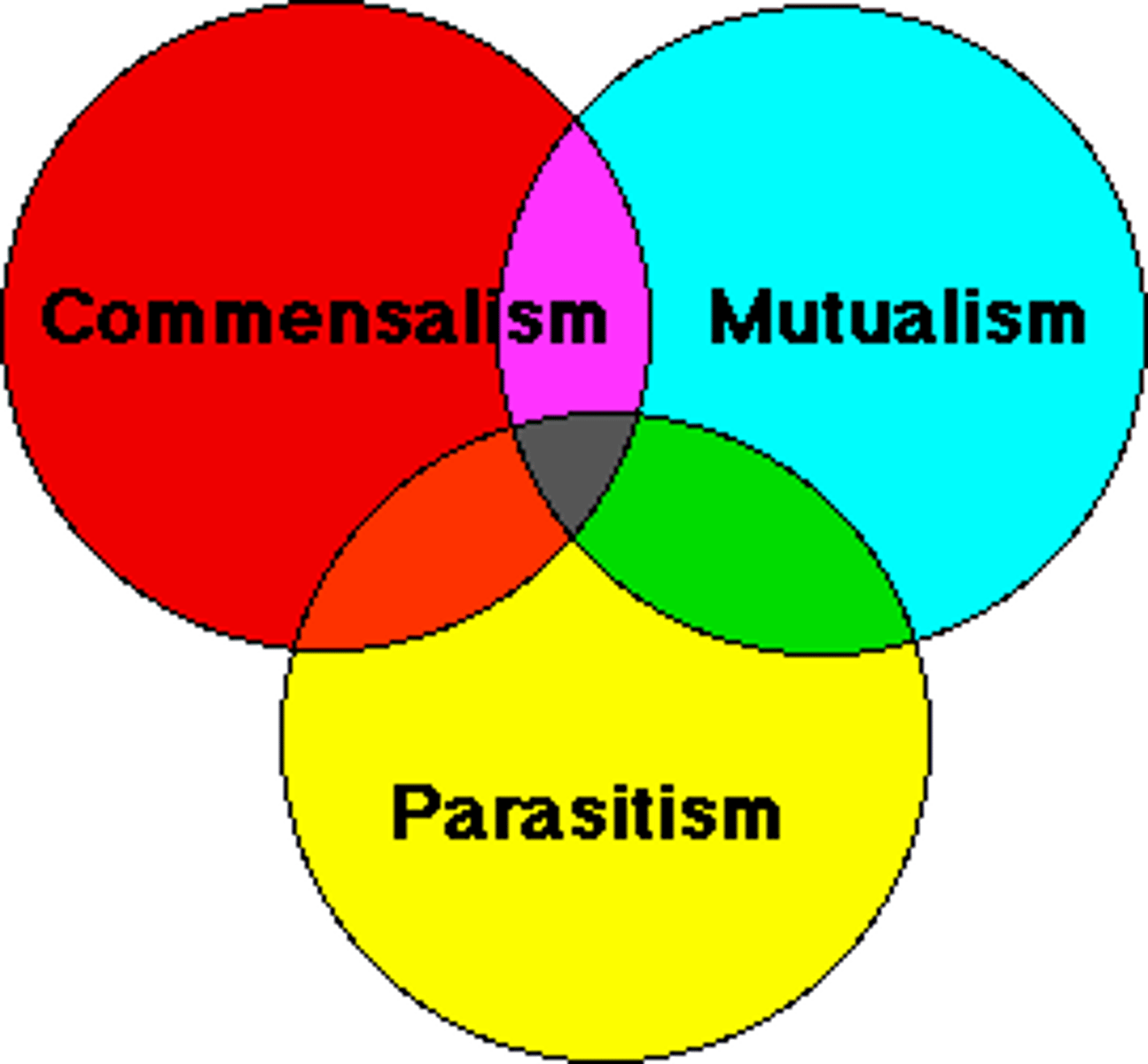
parasitism
symbiotic relationship in which one organism benefits and the other is harmed
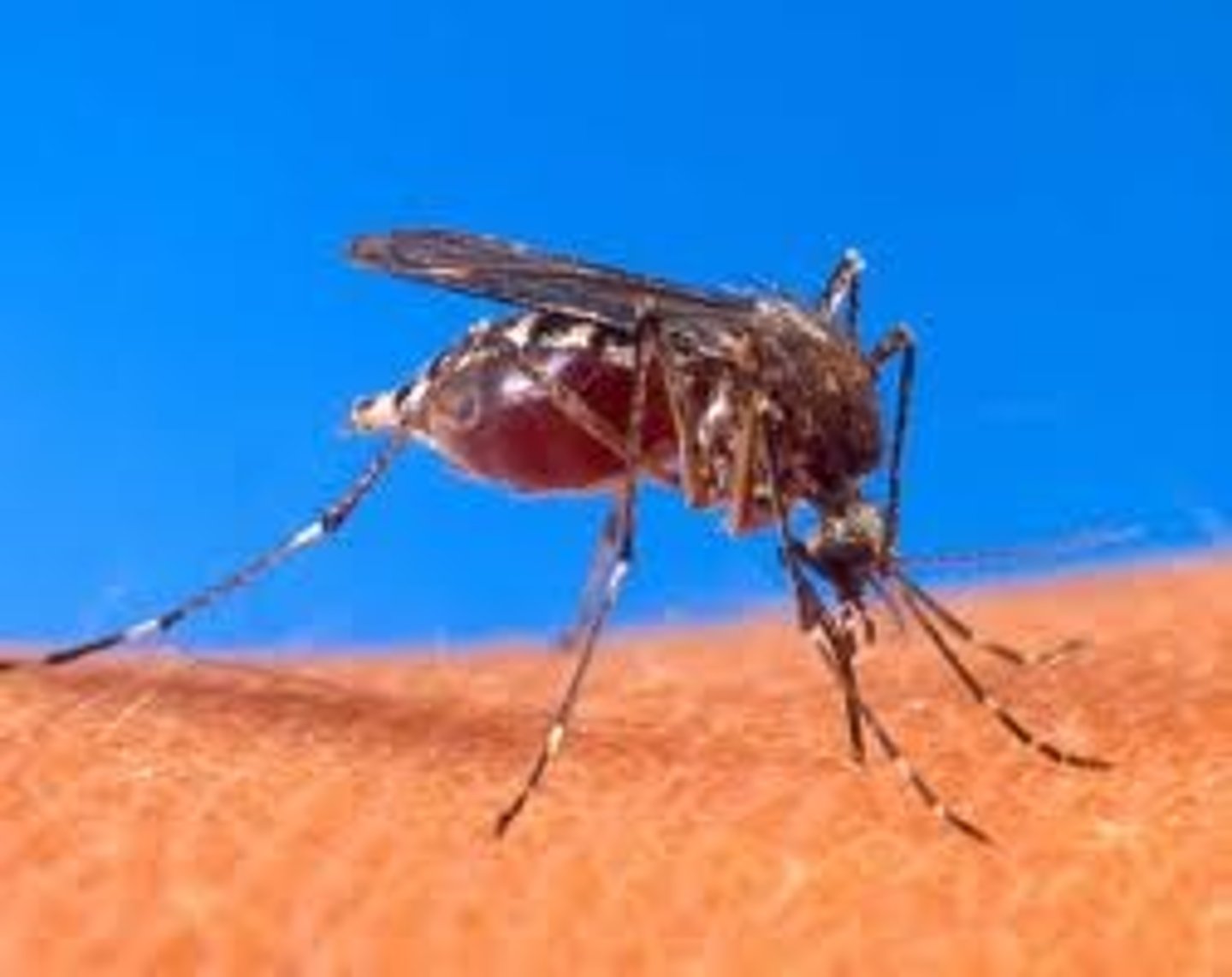
mutualism
A symbiotic relationship that benefits both organisms. example: the coral and algae
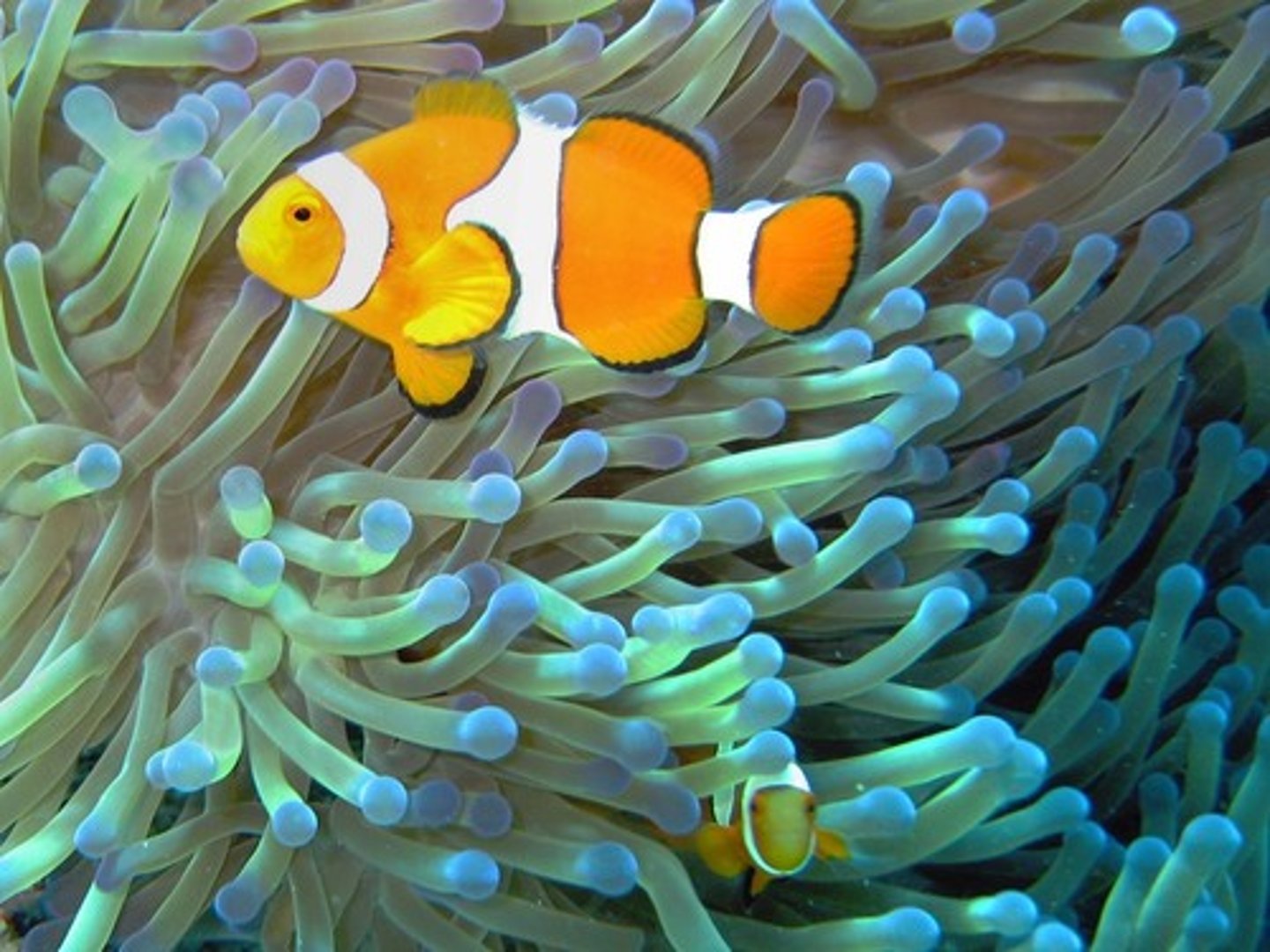
If pesticide was sprayed to control the insect population.
The bird population will decrease.
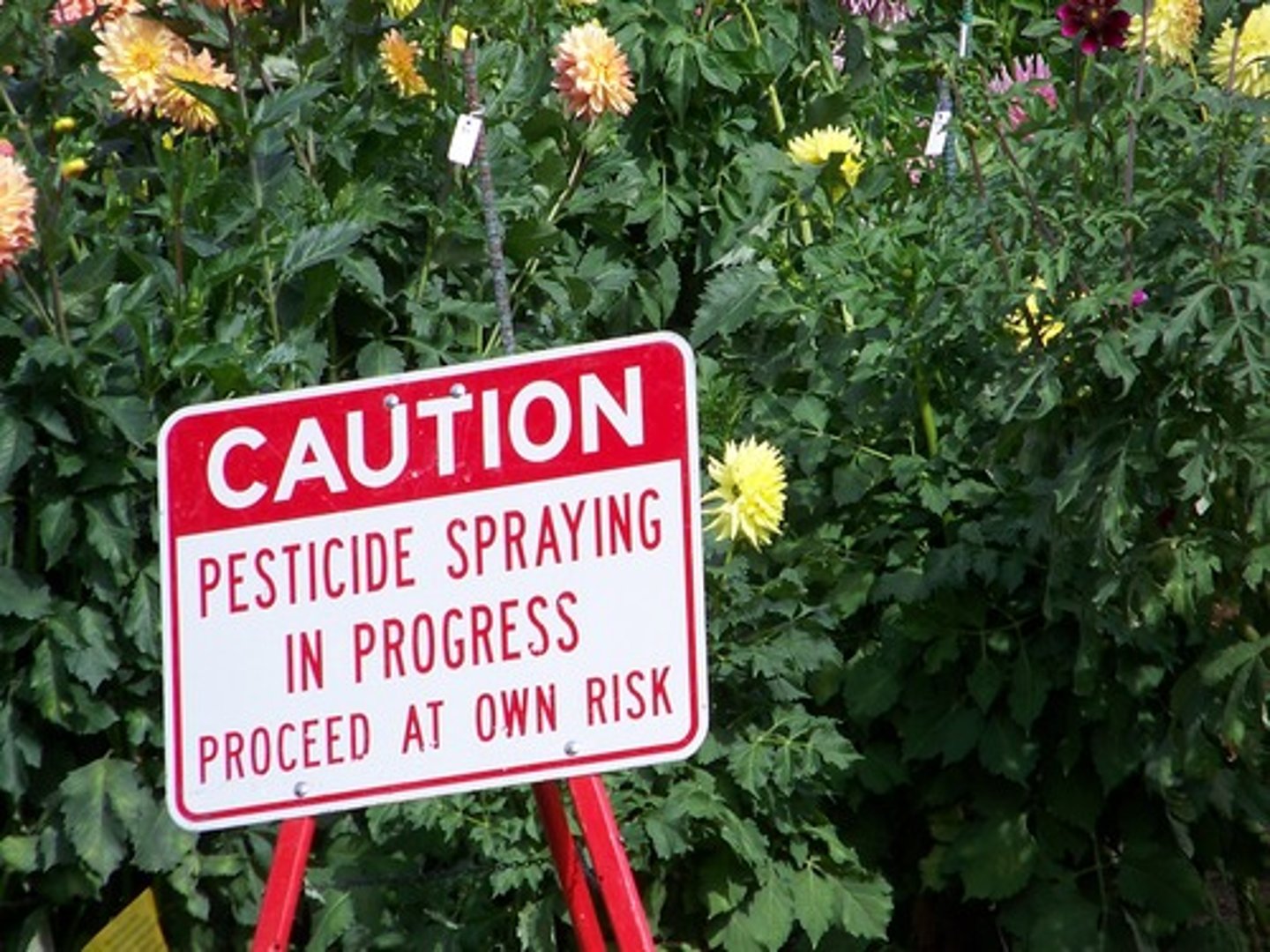
Why do maple and spruce grow well in a temperate rainforest?
The trees grow well in a dry cool climate.
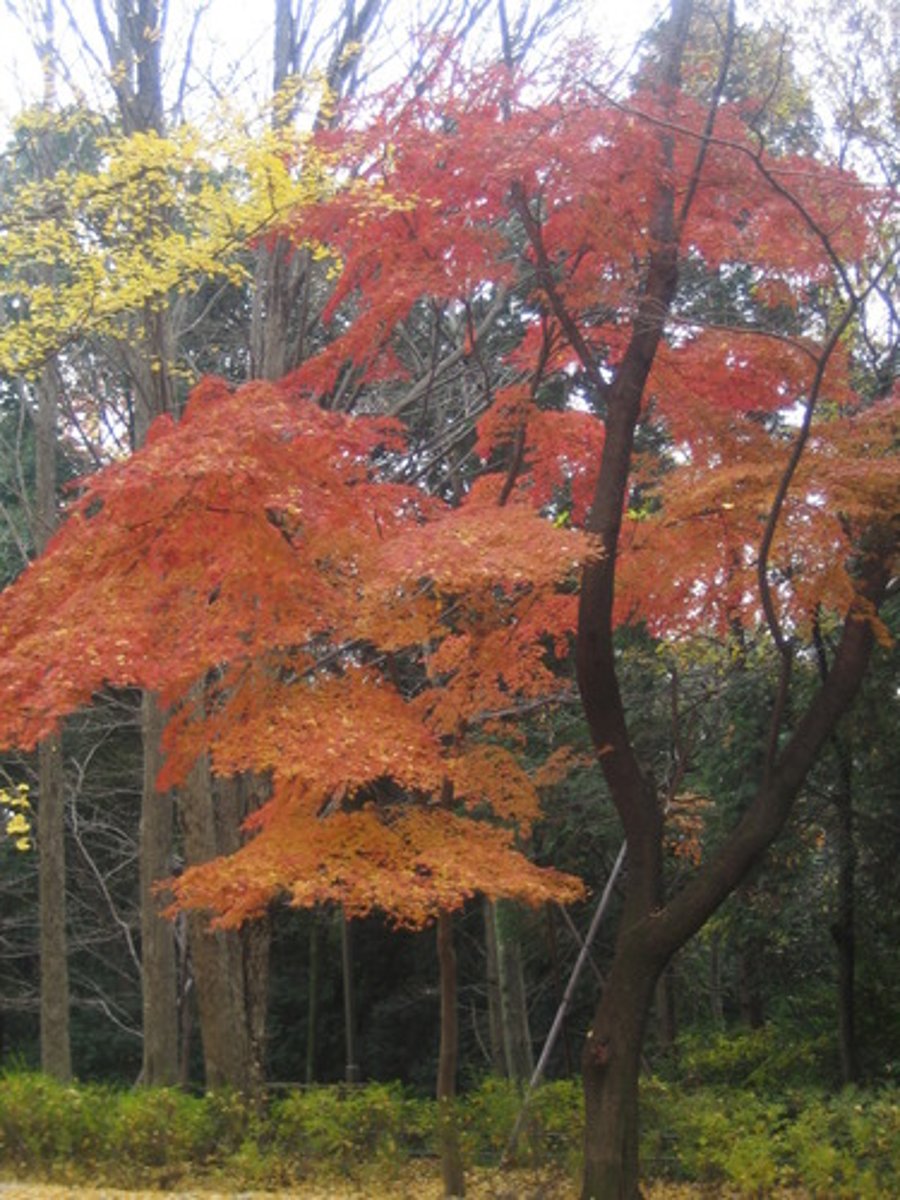
more species live in this biome than any other
tropical rainforest
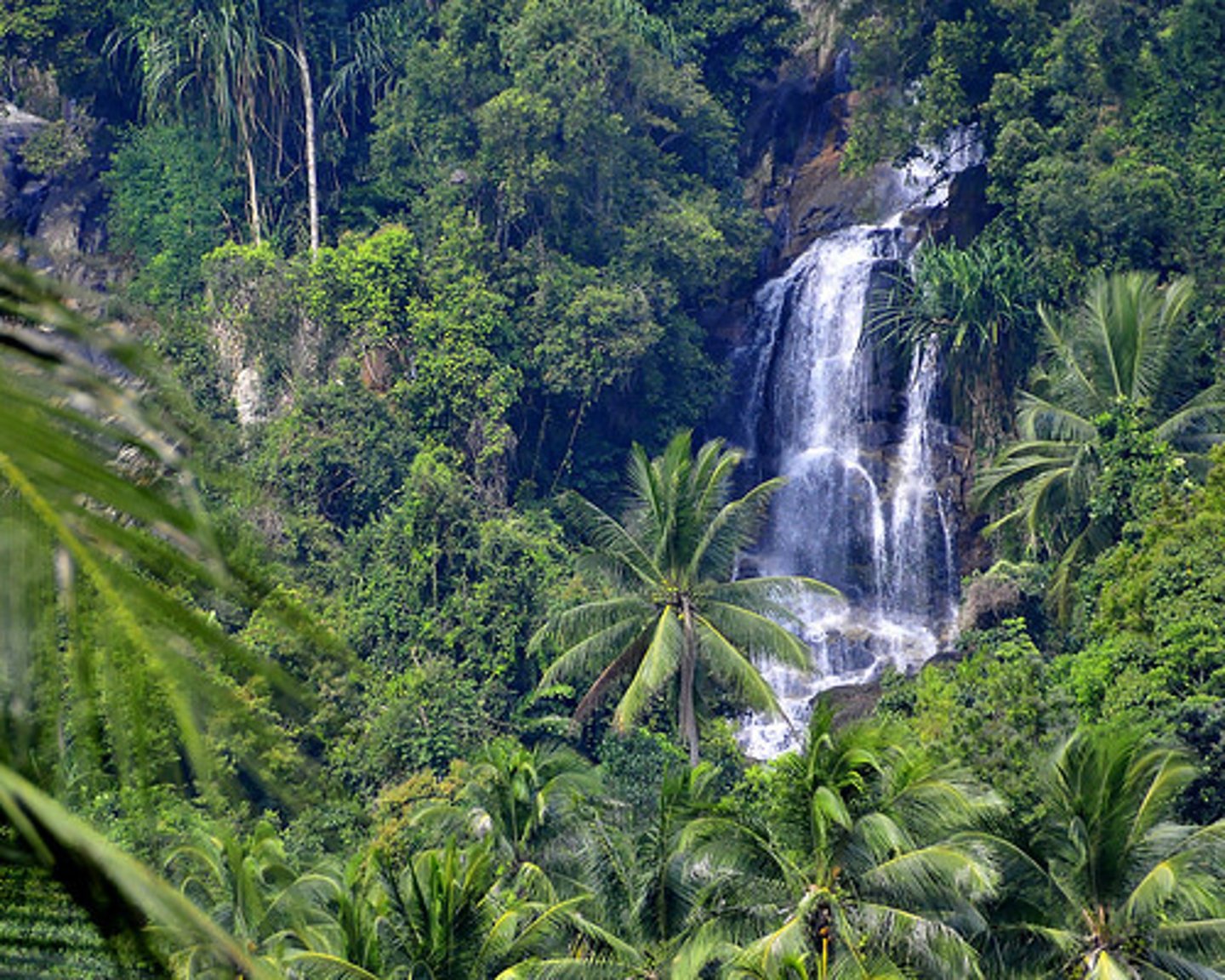
What adaptation helps the elk adapt to the taiga biome?
Its thick fur
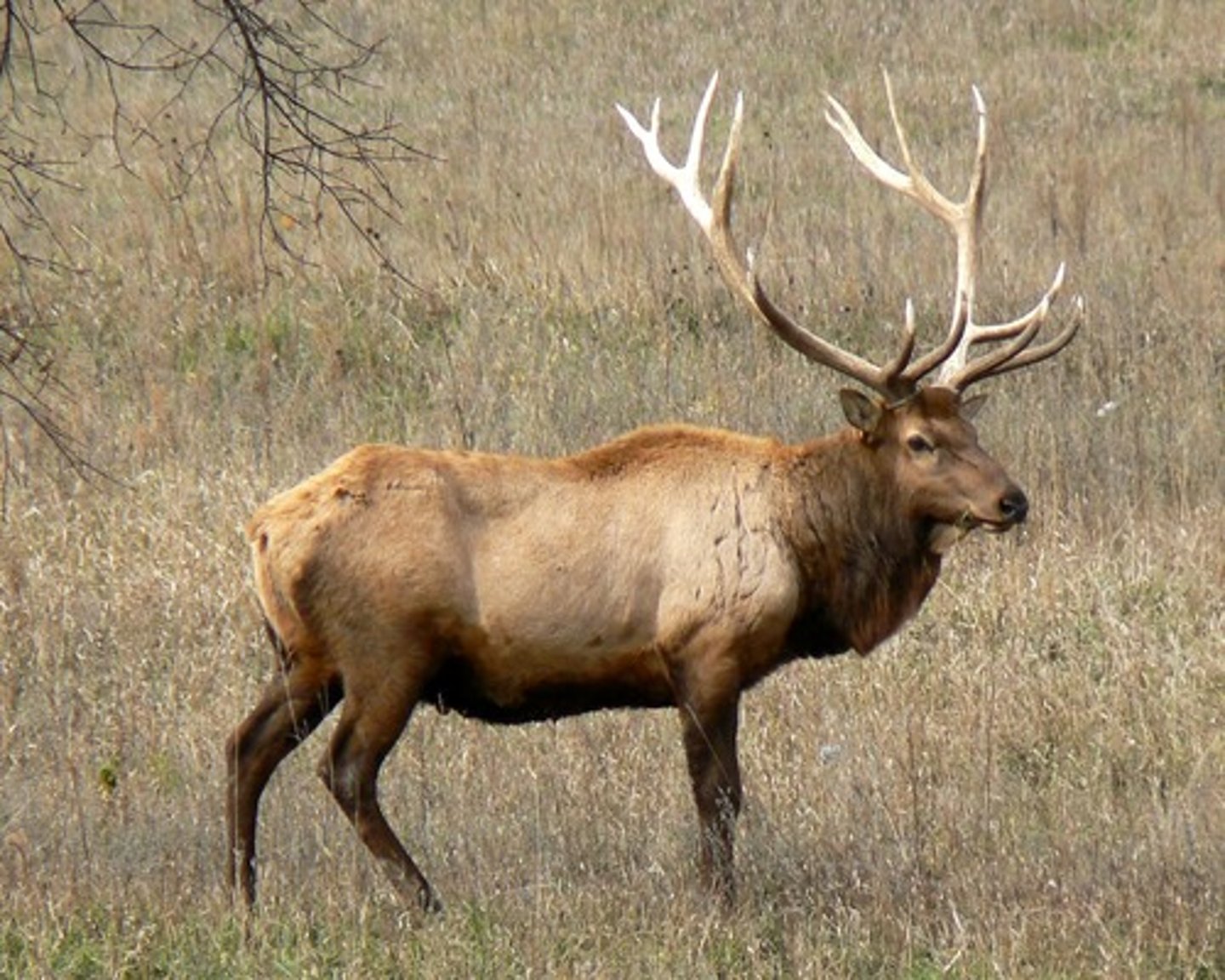
What is the source of much oxygen in the atmosphere?
plankton
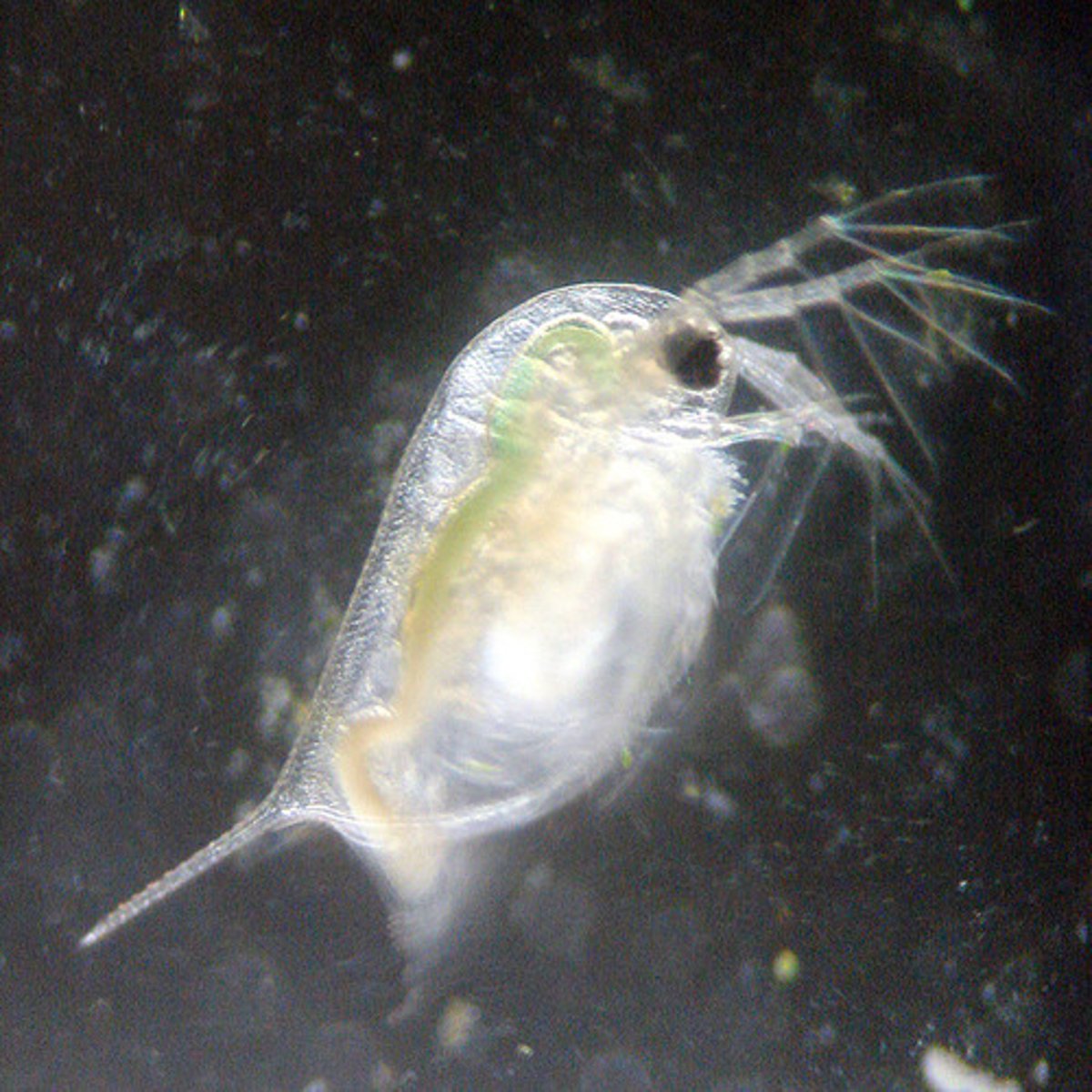
Desert plants would need what kind of root system?
a large root system, close to the surface
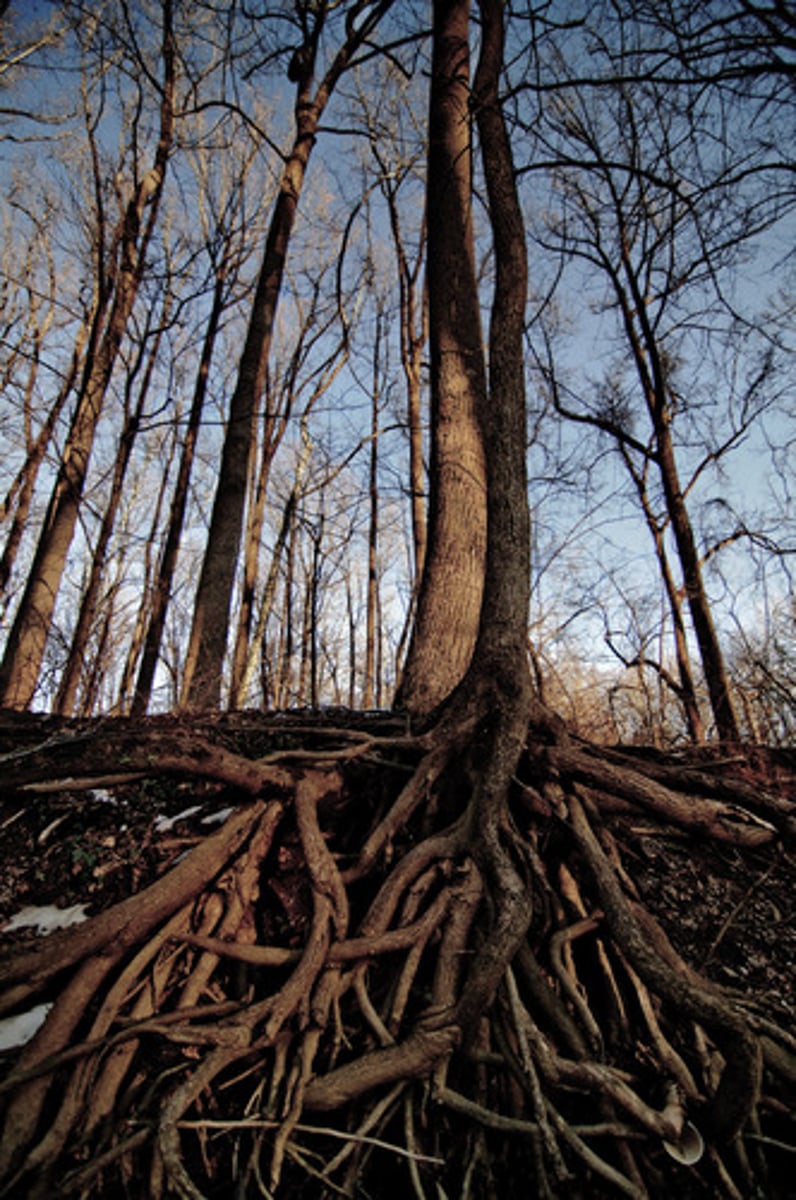
How do animals in the deep ocean adapt to their environment?
high pressure

What two organisms need each other to survive?
a fungus and bacteria
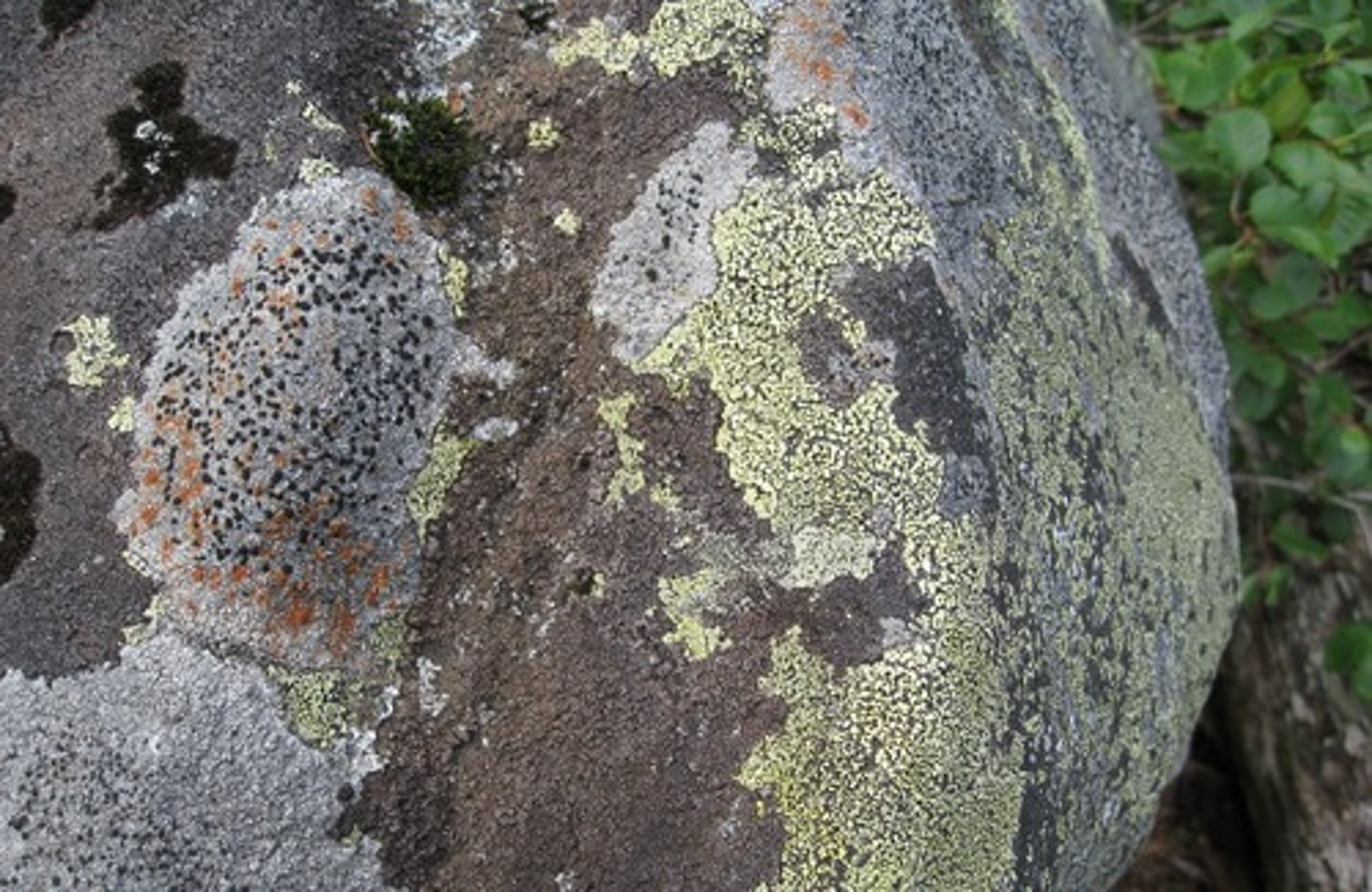
If plants are competing for water what would be the best type of root system?
the plant with the largest root system
Where is the greatest amount of energy on the energy pyramid?
The bottom
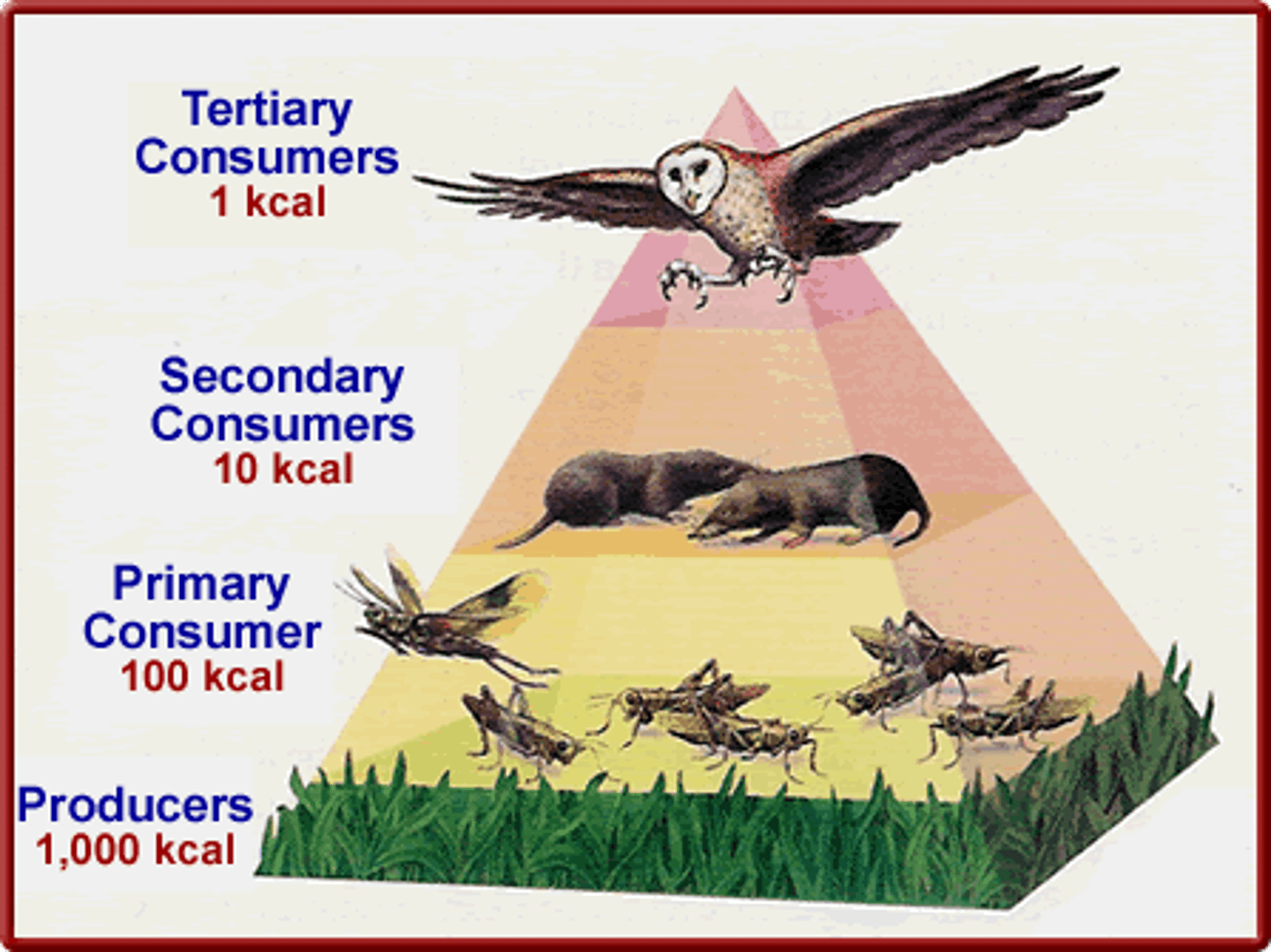
Where do carnivores get their energy?
From eating animals
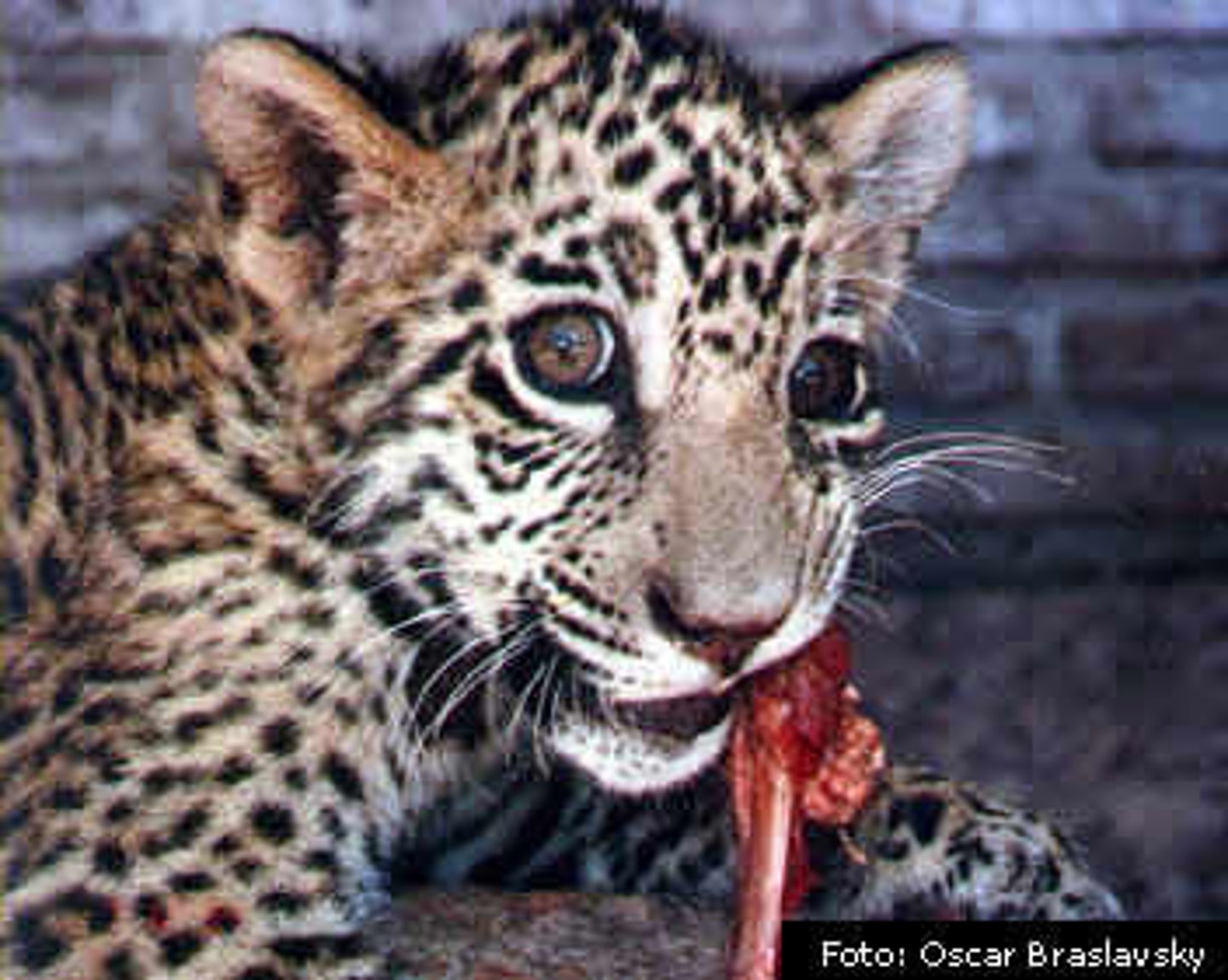
What is the role of the decomposers?
They break down waste and dead matter.
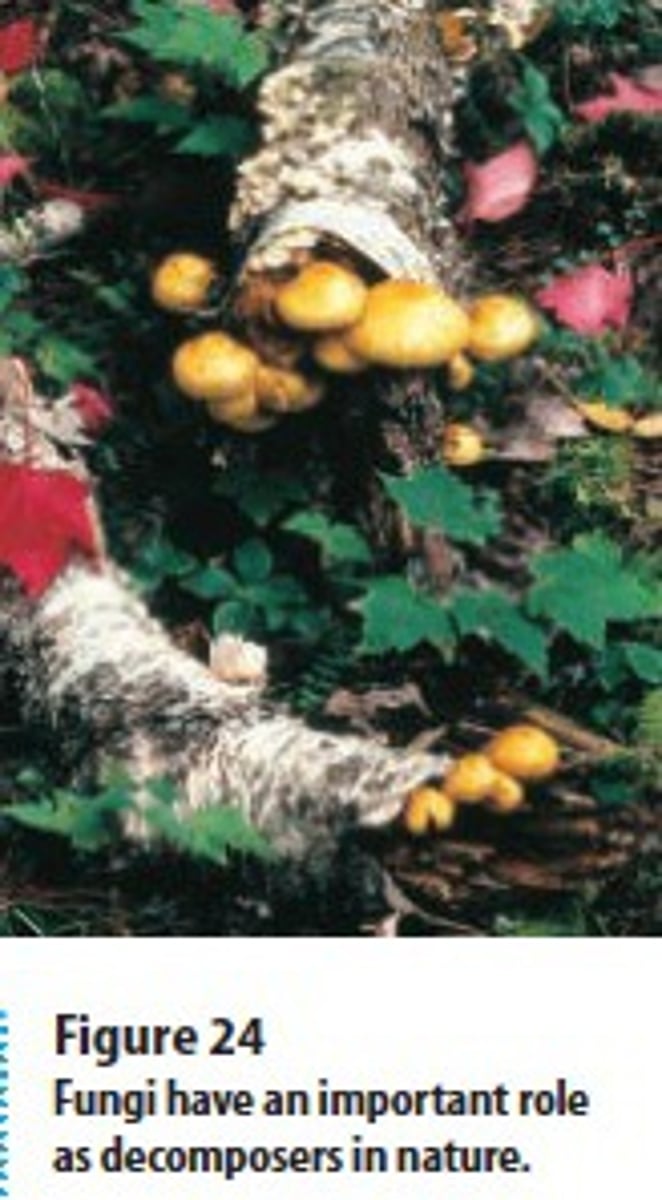
What do decomposers make that can be used by plants?
nitrogen compounds
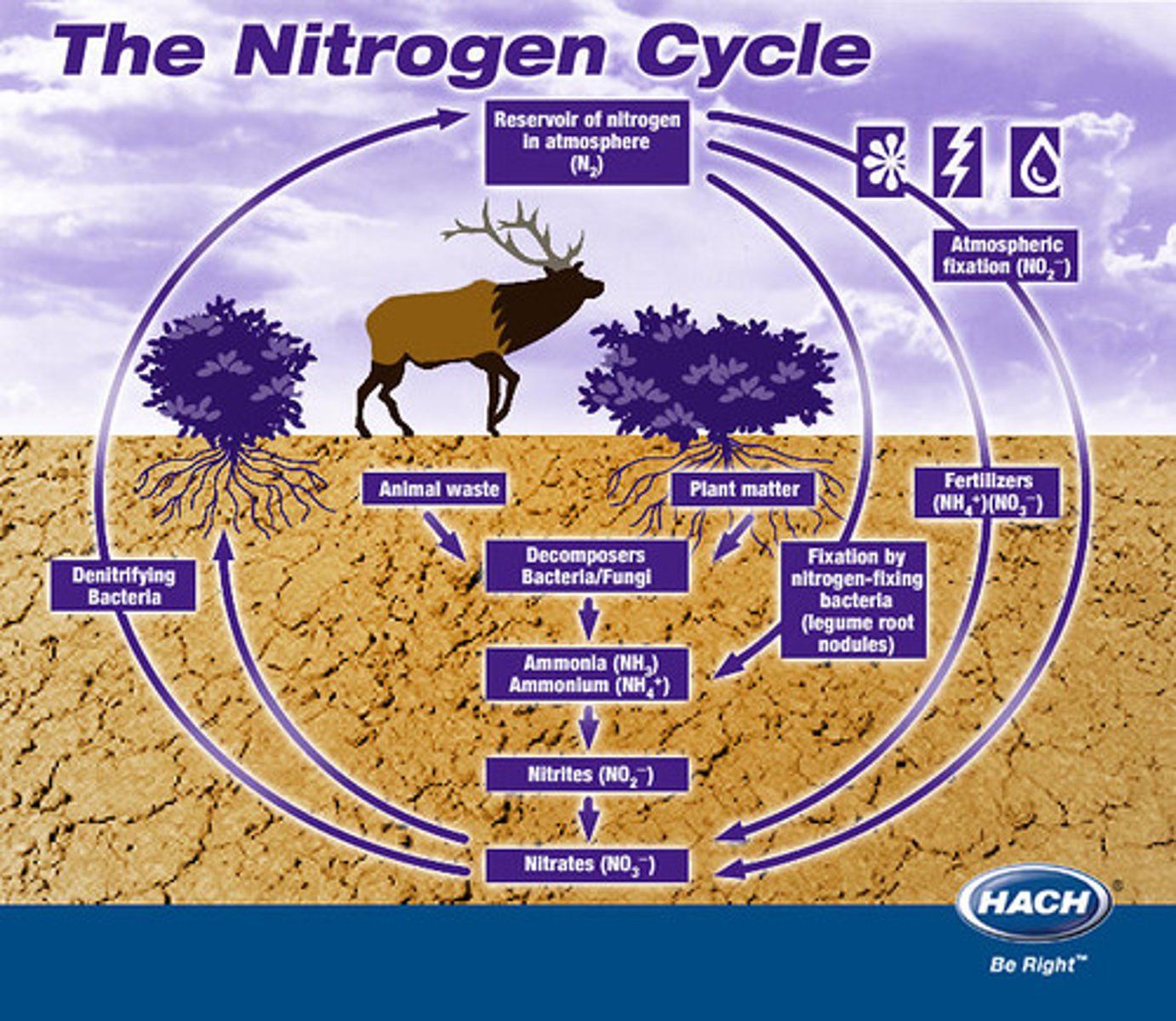
What are nonliving parts of an ecosystem?
water, air, soil, temperature, and sunlight
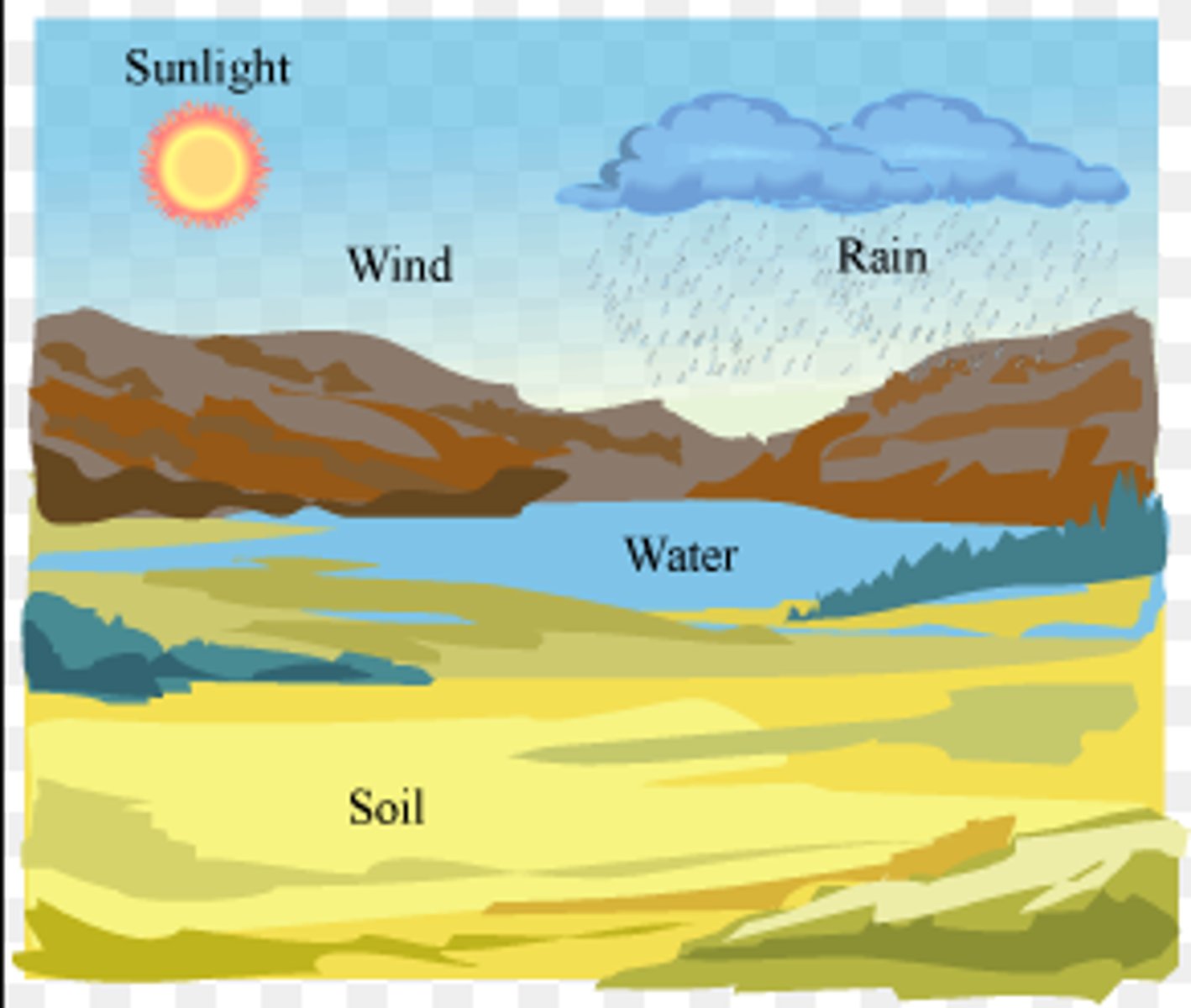
Name two decomposers.
fungi, bacteria, banana slug, ants, slime molds, millipedes

How do wetlands help the environment?
The plants, soils, and microorganisms of wetlands act as filter cleaning water as it flows through them. Salt marshes act as a barrier protecting the inland areas from ocean waves.
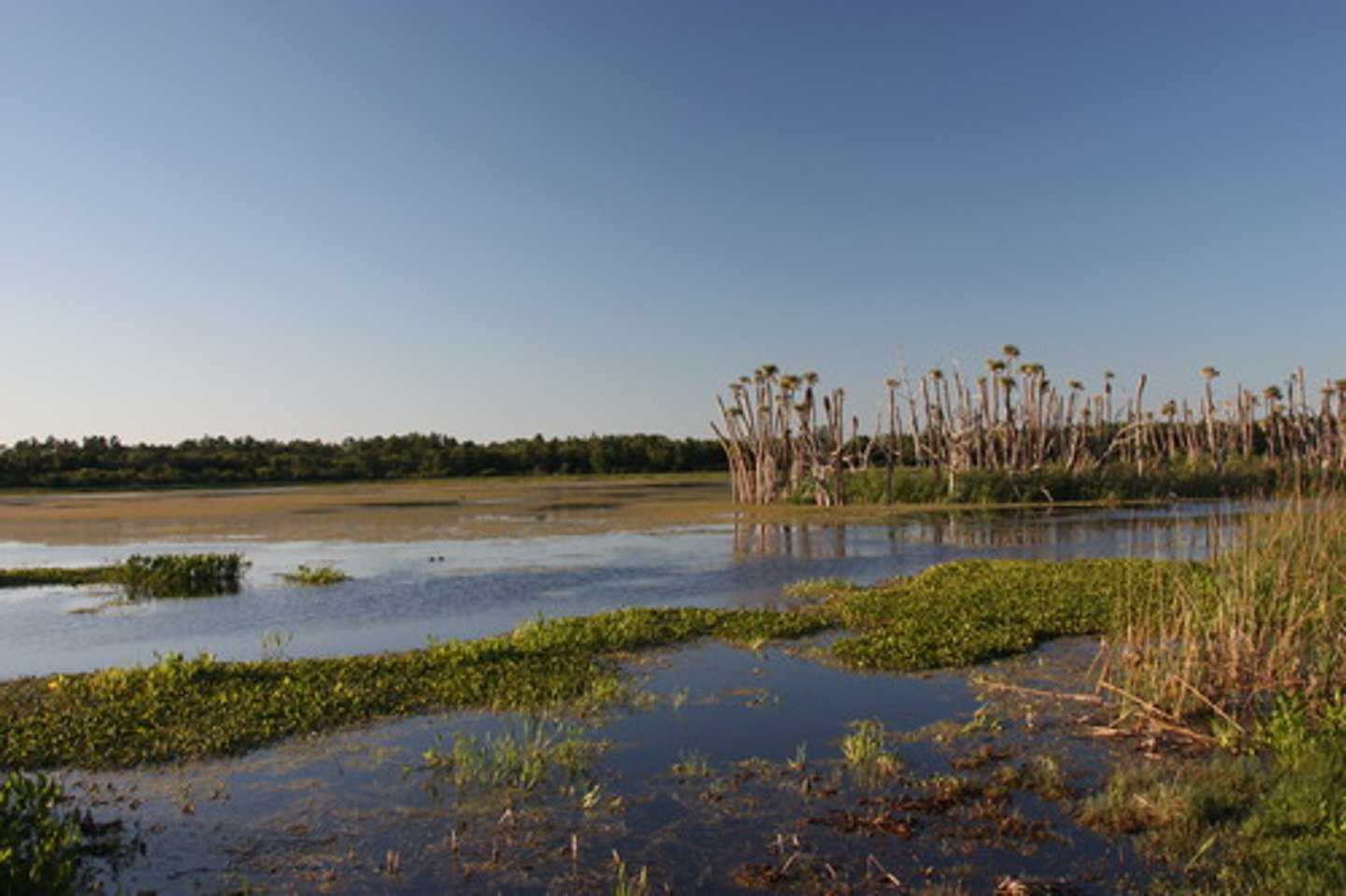
cycle
a repeating process or flow of material through a system
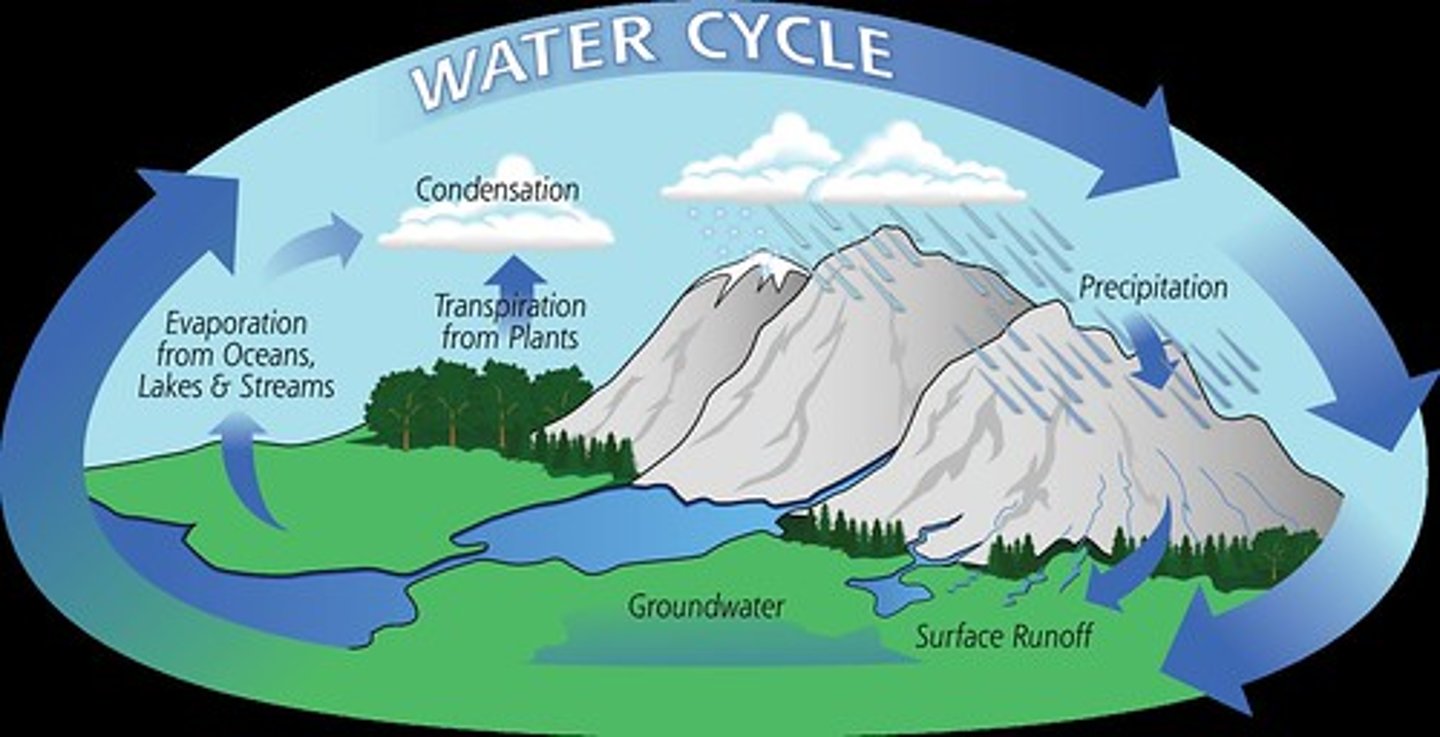
habitat
The place in an ecosystem in which an organism lives.